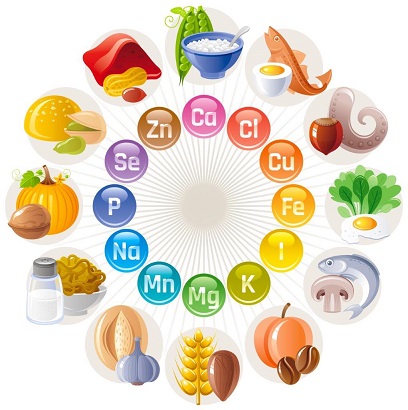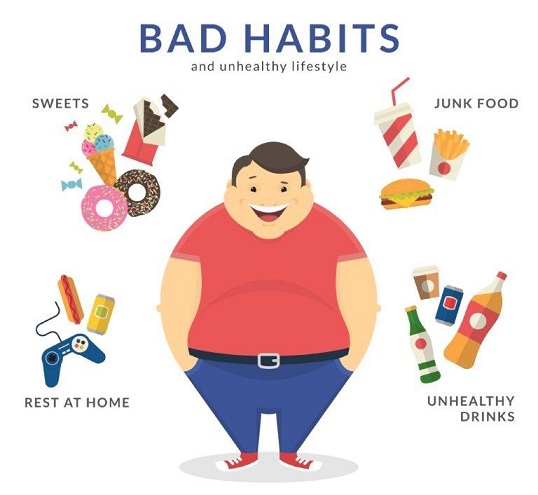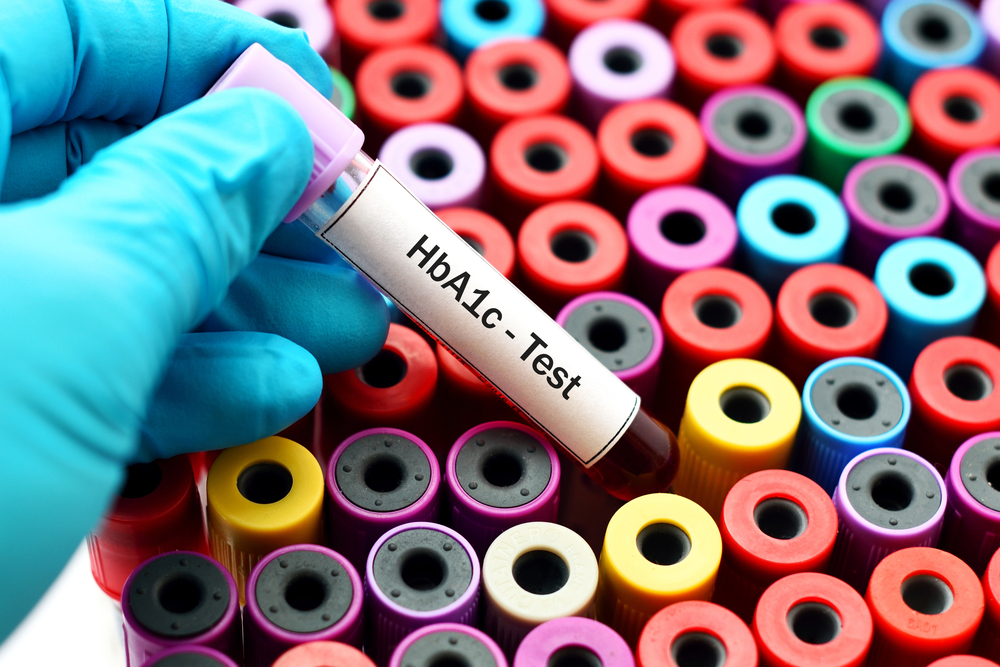Type 2 Diabetes: Symptoms, Causes & Diagnosis
Introduction
Type 2 diabetes is a chronic condition that affects millions of people worldwide. Characterized by high blood sugar levels resulting from insulin resistance, this disease poses significant health risks if not managed properly. In this blog, we will explore the various aspects of Type 2 diabetes, including its causes, symptoms, diagnosis, and lifestyle changes necessary for effective management.
What is Type 2 diabetes?
Type 2 diabetes is a metabolic disorder where the body either resists the effects of insulin or doesn’t produce enough insulin to maintain normal blood glucose levels. Unlike Type 1 diabetes, which is an autoimmune condition, Type 2 diabetes is primarily influenced by lifestyle factors and genetics.
Insulin is a hormone produced by the pancreas that allows sugar (glucose) to enter cells to be used as energy. In Type 2 diabetes, the body’s cells become resistant to the action of insulin, and the pancreas is unable to make enough insulin to overcome this resistance, leading to elevated blood glucose levels.
Prevalence and Impact
According to the Centers for Disease Control and Prevention (CDC), more than 34 million Americans have diabetes, with 90-95% of them having Type 2 diabetes. The prevalence of this condition has been increasing globally, making it a significant public health concern. It is associated with numerous complications, including heart disease, stroke, kidney disease, eye problems, and nerve damage, which underscores the importance of early detection and effective management.
Causes and Risk Factors
The development of Type 2 diabetes is influenced by a combination of genetic and environmental factors.
Key risk factors include:
- Genetics: A family history of diabetes significantly increases the risk.
- Obesity: Excess body fat, especially abdominal fat, is a major risk factor as it causes insulin resistance.
- Physical Inactivity: A sedentary lifestyle contributes to weight gain and insulin resistance.
- Age: The risk increases with age, particularly after the age of 45.
- Ethnicity: Certain ethnic groups, including African Americans, Hispanics, Native Americans, and Asians, have a higher risk.
- High Blood Pressure and Cholesterol Levels: These conditions often coexist with Type 2 diabetes and increase the risk.
- Gestational Diabetes: Women who had diabetes during pregnancy have a higher risk of developing Type 2 diabetes later in life.
Symptoms of Type 2 Diabetes
The symptoms of Type 2 diabetes can develop gradually and may include:
- Increased thirst and urination
- Increased hunger
- Fatigue
- Blurred vision
- Slow-healing sores or frequent infections
- Areas of darkened skin, usually in the armpits and neck
Diagnosis of Type 2 Diabetes
To diagnose Type 2 diabetes, healthcare providers suggest several diabetes tests:
- Glycated Hemoglobin (A1C) Test: This blood test measures the average blood sugar level over the past two to three months. An A1C level of 6.5% or higher indicates diabetes.
- Fasting Blood Sugar Test: A blood sample is taken after an overnight fast. A fasting blood sugar level of 126 mg/dL (7.0 mmol/L) or higher suggests diabetes.
- Oral Glucose Tolerance Test: This test involves fasting overnight and then drinking a sugary solution. Blood sugar levels are tested periodically for the next two hours. A reading of 200 mg/dL (11.1 mmol/L) or higher indicates diabetes.
- Random Blood Sugar Test: A blood sample taken at a random time showing a blood sugar level of 200 mg/dL (11.1 mmol/L) or higher, along with symptoms of diabetes, indicates the disease.
Complications of Type 2 Diabetes
If left unmanaged, Tye 2 diabetes can lead to severe complications:
- Cardiovascular Disease: People with diabetes are at higher risk for heart disease, stroke, and atherosclerosis.
- Neuropathy: High blood sugar can damage nerves, leading to tingling, numbness, and pain, usually in the extremities.
- Nephropathy: Diabetes can damage the kidneys’ filtering system, potentially leading to kidney failure.
- Retinopathy: Diabetes increases the risk of serious eye conditions, including cataracts, glaucoma, and diabetic retinopathy, which can lead to blindness.
- Foot Damage: Nerve damage and poor blood flow can lead to severe foot infections, sometimes requiring amputation.
- Skin Conditions: Diabetes may leave individuals more susceptible to bacterial and fungal infections.
- Hearing Impairment: Diabetes is linked to hearing problems.
- Alzheimer’s Disease: Type 2 diabetes may increase the risk of dementia, including Alzheimer’s disease.
Management of Type 2 Diabetes
Managing Type 2 diabetes involves a combination of lifestyle changes, monitoring of blood sugar levels, and medications. The primary goals are to keep blood glucose levels within a target range and to prevent or delay complications.
Lifestyle Changes:
- Healthy Eating: Focus on a balanced diet rich in vegetables, fruits, whole grains, lean proteins, and healthy fats. Monitoring carbohydrate intake is crucial as carbohydrates directly affect blood sugar levels.
- Regular Exercise: Aim for at least 150 minutes of moderate aerobic activity or 75 minutes of vigorous activity per week. Exercise helps lower blood sugar levels and improve insulin sensitivity.
- Weight Management: Losing excess weight can significantly improve blood sugar control and reduce the risk of complications.
Monitoring Blood Sugar Levels:
- Regular monitoring of blood sugar levels is crucial for managing diabetes.
- The frequency of monitoring depends on the treatment plan and how well blood sugar levels are controlled.
Managing Complications:
- Regular check-ups with healthcare providers to monitor and manage potential complications.
- Routine eye exams, kidney function tests, and foot examinations are essential.
Prevention of Type 2 Diabetes
While not all cases of Type 2 diabetes can be prevented, adopting healthy lifestyle habits can significantly reduce the risk. Key preventive measures include:
- Maintaining a Healthy Weight: Aim for a healthy weight through a balanced diet and regular exercise.
- Staying Physically Active: Regular physical activity helps maintain blood sugar levels and reduces the risk of diabetes.
- Healthy Eating Habits: Focus on a diet rich in nutrients and low in unhealthy fats and sugars.
- Regular Health Screenings: Regular sugar tests or diabetes tests may help detect early signs of diabetes and prediabetes, allowing for timely intervention.
Living with Type 2 Diabetes
Living with Type 2 diabetes requires ongoing management and lifestyle adjustments. Here are some tips for effectively managing the condition:
- Education and Support: Stay informed about diabetes and seek support from healthcare providers, diabetes educators, and support groups.
- Stress Management: Stress can affect blood sugar levels, so it’s important to find healthy ways to manage stress, such as through exercise, meditation, or hobbies.
- Regular Medical Care: Keep up with regular appointments and follow the treatment plan prescribed by healthcare providers.
- Healthy Habits: Adopt and maintain healthy habits, including not smoking, limiting alcohol consumption, and getting adequate sleep.
Type 2 diabetes is a complex and multifaceted condition that requires a comprehensive approach to management. By understanding the causes, risk factors, symptoms, and treatment options, individuals can take proactive steps to manage their health and prevent complications. With the right combination of lifestyle changes, medication, and regular monitoring, it is possible to live a healthy and fulfilling life with Type 2 diabetes.















